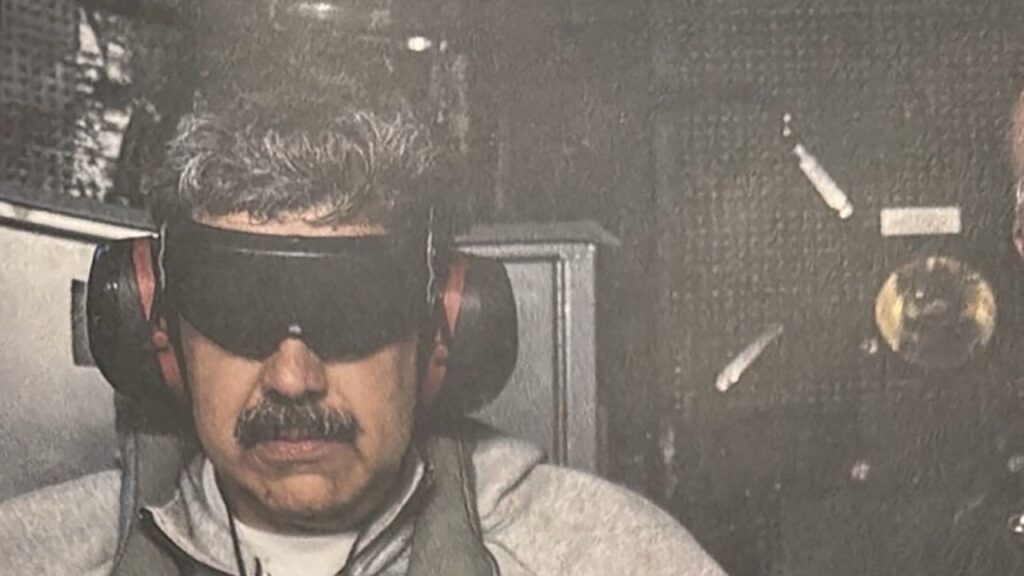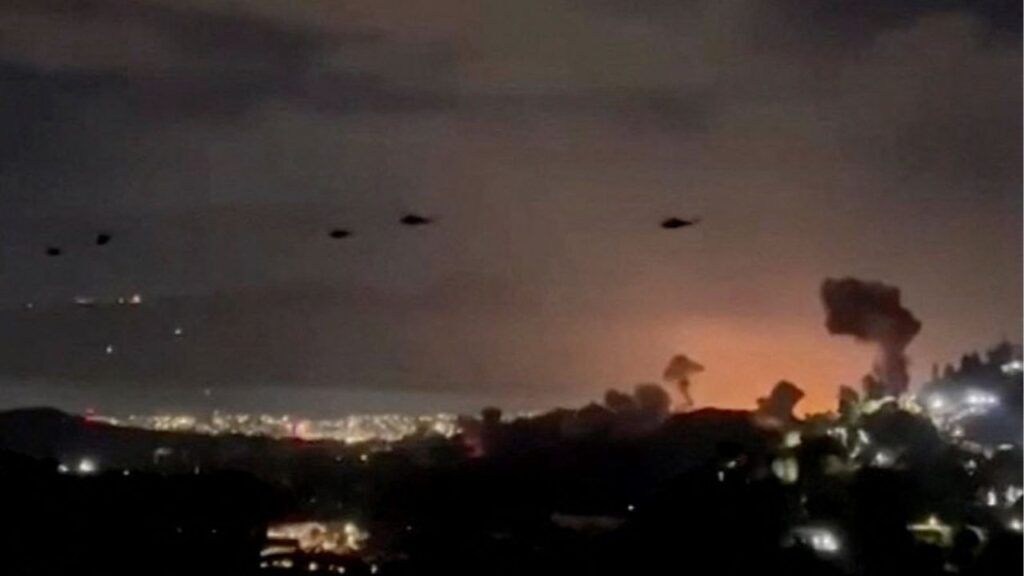Share
|
Getting your Trinity Audio player ready...
|
Two bright dots hovering in Fresno’s western sky Wednesday night caused a bit of a stir on social media among Fresno residents who wondered if they were looking at a UFO or some weird phenomenon.
One poster on Facebook said that it looked “like a car parked with headlight on in the sky wtf no lie Fresno area calwa.”
Nope, not headlights, not UFOs, but instead two heavenly bodies — Venus and Jupiter — orbiting close enough for a “celestial kiss.”
And if you missed last night’s light show, you’ll have another chance tonight, if skies remain clear.
Close Together, Yet Far Apart
Even though they look close together in the sky, the two planets are actually hundreds of millions of miles apart. Venus’ orbit puts it between the Earth and sun, while jumbo Jupiter, the solar system’s biggest planet, is on the other side of Mars away from the sun.
The cosmic coincidence has put both planets within the same quadrant of our nighttime sky is what astronomers call a “conjunction.”
Fresno State physics professor Dr. Steven White, director of the university’s Downing Planetarium, told GV Wire that the celestial phenomenon is interesting scientifically, even though conjunctions occur every couple of years — although not always with such proximity.
But “more than anything else, it’s very beautiful,” he said.
Venus is a frequent sight in the early morning and evening sky, and because of its closeness to both the sun and to Earth it appears as a bright object. The sunlight hitting Jupiter, on the other hand, has to travel half a billion miles from the sun to Jupiter and then bounce back to earth, making the bigger planet look dimmer in comparison, he said.
Unfortunately, the planetarium’s public-watching calendar did not coincide with Wednesday’s conjunction, White said. “We had exams to get ready,” he said. “Because it’s not all about astronomy. We have to do exams and things like that to keep it running.”
The next public showing at Downing Planetarium will be March 24 and 25, assuming skies are clear.
For those who missed last night’s conjunction, White says Thursday’s show will be almost as good, with the planets passing as close as one degree apart instead of Wednesday’s half-degree — about the width of a full moon, he said.
And if you’ve got a good enough lens tonight, you might even see Jupiter’s two moons, as the Griffith Observatory in Los Angeles did Wednesday night in this video.



















